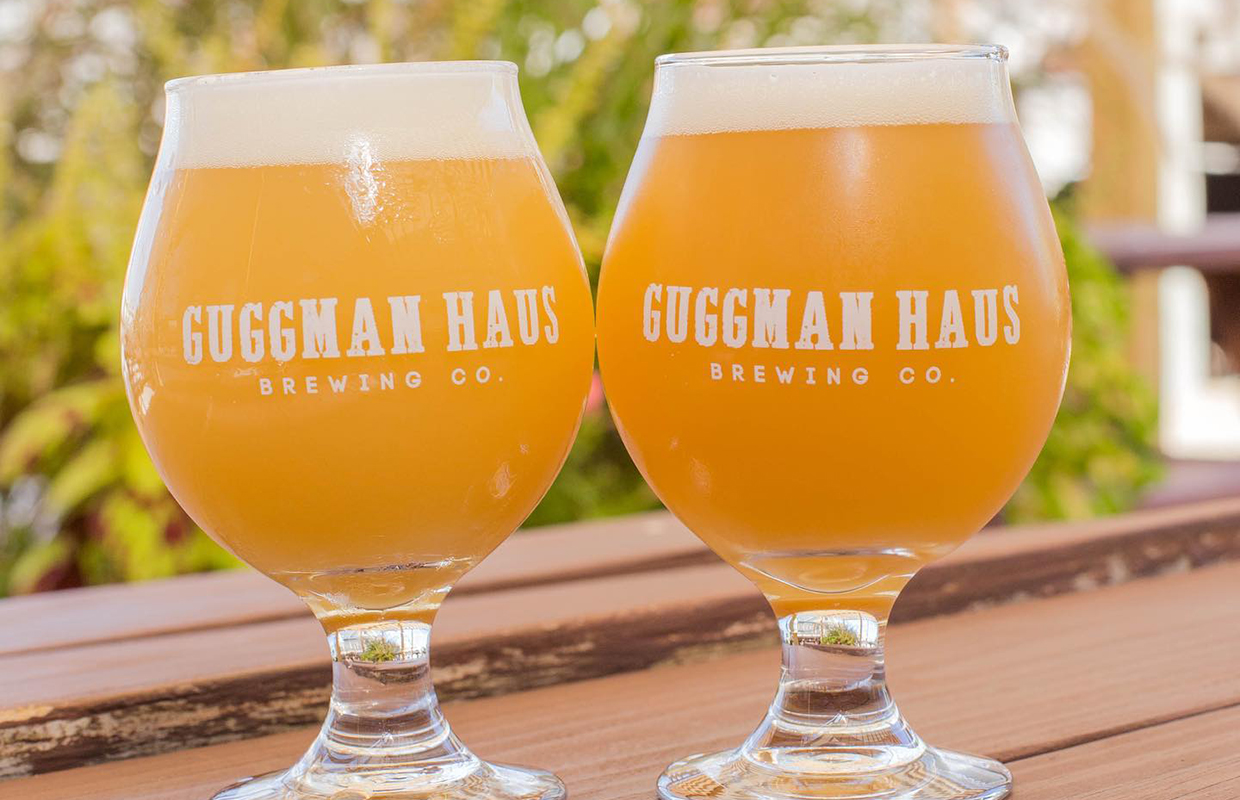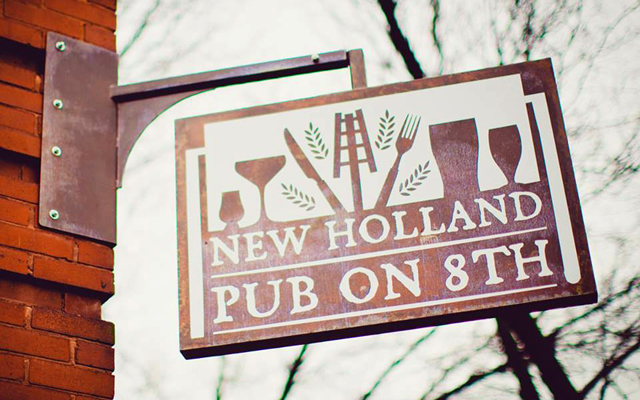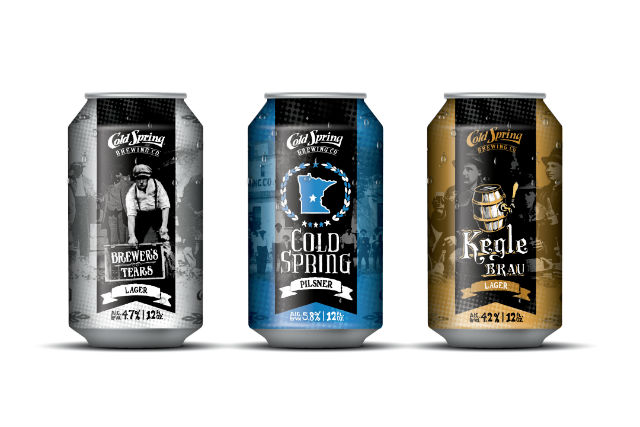
Initially presented as an “out-of-this-world” flavor and aroma boosting innovation, thiolized yeasts may come down to who is using it and why believes Guggman Haus Brewing’s Derek Guggenberger.
“While they do certainly have some great benefits, the actual benefits depend on your brewing style and philosophy,” he told Brewer in a Q&A done on using thiolized yeast. “I think while initially I thought this would have a positive impact on a lot of the beers we make, the reality for us at least is that these yeast strains have a more narrow focus than what we initially thought.”
The head brewer and Director of Brewing Operations for the Indianpolis-based brewery, Guggman Haus used Omega’s Cosmic Punch for some batches to get a feel for the yeast variety.
“I was expecting flavors and aromas that would greatly boost what we would already be getting from the hops,” he told Brewery. “The reality was more that you could get a similar, or more focused aroma, using less hops overall.”
READ MORE: Achieving a Balance Using Thiolized Yeasts
BREWER: Are there any technical challenges or tips you have for using a thiolized yeast for someone that hasn’t used it yet?
GUGGENBERGER: There is certainly a lot of information out there about the benefits of things like mash hopping, whirlpool hopping, products like Phantasm, etc. I think the main thing we’ve found is that the biggest benefit these yeast strains have is if you want to reduce the amount of hops that you are using. If you even use what we would call a moderate amount of hops, the hops will quickly overwhelm any of the delicate flavors that you get from these yeast strains.
BREWER: What do you feel are great complementary hops that go with these yeast strains? How does it change the profiles you are used to?
GUGGENBERGER: These yeast strains generally promote tropical flavors and aromas, and certainly pre-dry hopping the beer is much more aromatic than a non-thiolized version. If you’re really trying to get that to come through, I would stick to lighter hopping amounts and brighter citrus varieties like Citra and El Dorado, or you could even add a little bit of southern hemisphere tang from some New Zealand and Australian varieties. I think anything that has more of an edge, or that is more dank, would quickly overwhelm the delicate tropical aromas produced by the yeast.
BREWER: Do you have any ‘out of the box’ ideas for a thiolized yeast that you want to share?
GUGGENBERGER: I think that while this yeast seems like it would be an amazing yeast style to use for big IPAs. I think the benefit might be found more in smaller beers, or those that would normally be overwhelmed by bitterness or grassy flavors if dry hopped heavily enough to reach an IPA level. You could get those tropical and citrus flavors and aromas using less hops, which should also create a smoother drinking experience.




Be the first to comment